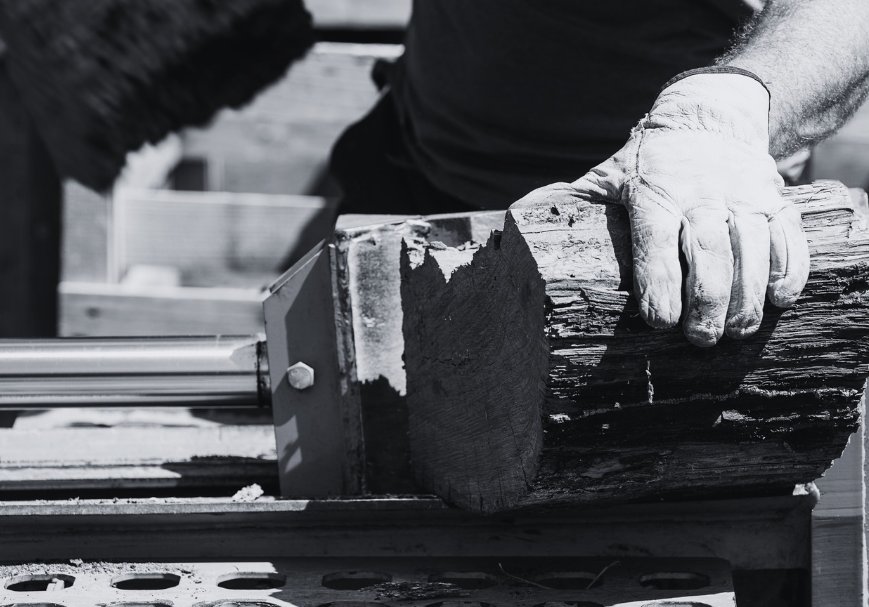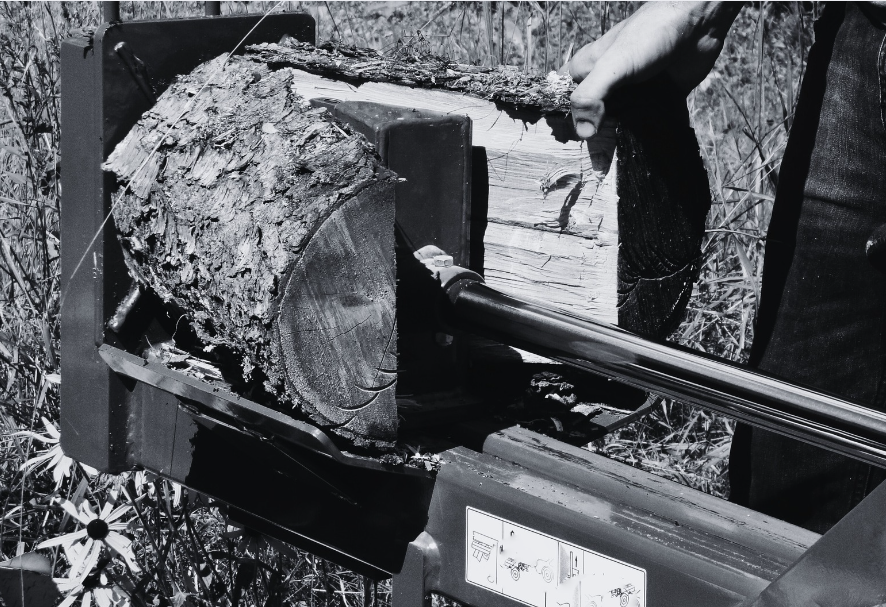Powerful Precision: Why Hydraulic Cylinders Are a Game-Changer for Log Splitters
What is a hydraulic log splitter cylinder?
A hydraulic log splitter cylinder is a crucial component in a hydraulic log splitter, which is a machine designed to split logs into smaller pieces, typically for firewood. The cylinder is responsible for converting hydraulic pressure into mechanical force, allowing the splitter to effectively drive a splitting wedge through the wood.

How does a double-acting cylinder work in a log splitter?
A double-acting hydraulic cylinder plays a crucial role in the operation of a hydraulic log splitter by using hydraulic pressure to perform work in both directions of the piston stroke. A double-acting hydraulic cylinder works in a log splitter by using hydraulic pressure to create motion in both directions—pushing the piston forward to split the log and then retracting it back to prepare for the next split. This design enhances the efficiency and effectiveness of the log splitting process, making it a popular choice for both commercial and home use.
Components of a Double-Acting Cylinder
- Cylinder Barrel: The outer casing that houses the piston and hydraulic fluid.
- Piston: A movable component inside the cylinder that divides the cylinder into two chambers.
- Ports: Inlets and outlets through which hydraulic fluid enters and exits the cylinder.
- Seals: Prevent hydraulic fluid from leaking out and ensure efficient operation.
What’s the difference between single-acting and double-acting cylinders?
Single-acting and double-acting cylinders are two types of hydraulic cylinders used in various applications, including log splitters. The key difference between them lies in how they use hydraulic fluid to generate motion. The choice between a single-acting and a double-acting cylinder depends on the specific requirements of the application. For tasks that require fast and efficient operation, like in hydraulic log splitters, double-acting cylinders are often preferred. However, for simpler tasks or budget-sensitive projects, single-acting cylinders may be suitable.
What bore size is best for a log splitter cylinder?
The best bore size for a log splitter cylinder depends on your specific needs, including the size and type of logs you will be splitting, the hydraulic pressure available, and the intended frequency of use. A bore size of 4 to 6 inches is typical for most applications, with larger sizes suited for more demanding tasks. Always balance the bore size with pump capacity and hydraulic pressure to ensure optimal performance.

How much stroke length do I need?
The ideal stroke length for a hydraulic log splitter depends on the size of the logs you plan to split, the frequency of use, and the overall design of the machine. A stroke length of 12 to 24 inches is typical, with longer lengths suited for larger logs and more demanding tasks. Always balance stroke length with hydraulic system specifications and ensure that the splitter meets your specific needs for efficiency and safety.
How do I maintain my log splitter cylinder?
Regular maintenance of your hydraulic log splitter cylinder involves inspections, cleaning, checking hydraulic fluid levels and quality, maintaining seals, and ensuring all connections are secure. By following these maintenance practices, you can extend the life of your log splitter and ensure it operates safely and efficiently, allowing you to split logs with ease for years to come.

Can I replace a single-acting cylinder with a double-acting one?
While you can replace a single-acting cylinder with a double-acting cylinder, careful consideration of compatibility, hydraulic system requirements, and the potential need for additional components is essential. If the switch is made thoughtfully, it can lead to improved efficiency and performance in your log splitter or hydraulic application. Always consult the equipment’s manufacturer or a hydraulic specialist if you have any doubts about the compatibility or installation process.
What are the common signs that a cylinder needs replacing?
If you notice any of these signs, it’s essential to take action promptly to avoid further damage to the hydraulic system or the equipment itself. Depending on the severity of the issue, you may be able to repair the cylinder (such as replacing seals) or it may be more prudent to replace the entire cylinder. Always consult with a hydraulic specialist or the manufacturer for guidance on the best course of action for your specific situation
What does 'closed length' mean for a cylinder?
The term "closed length" in relation to hydraulic cylinders refers to the overall length of the cylinder when it is fully retracted or closed, meaning that the piston rod is completely inside the cylinder body. The closed length of a hydraulic cylinder is a crucial specification that indicates how much space is required for the cylinder when it is fully retracted. This measurement plays a significant role in installation, design, and performance considerations for hydraulic systems and machinery.
Where can I buy replacement log splitter cylinders?
Flowfit offers a wide selection of high-quality log splitter cylinders, featuring various bore sizes, stroke lengths, and rod dimensions to meet your specific requirements. Enjoy competitive pricing and the option for next-day delivery. Additionally, we can offer custom cylinders tailored to your needs!
For more information, get in touch with our team of hydraulic specialists today!
The total one-stop supplier for hydraulic components & systems
Get in touch
Parys Road
Ludlow
Shropshire
SY8 1XY








